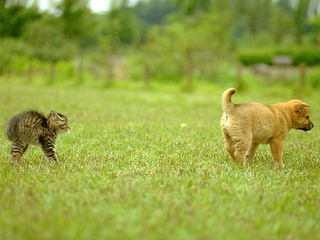In the documentary photography Ojo de Pez, the theme of this issue is dedicated to the Fall of the Nature. The presented works reflect the mutations in the landscape operated by man, the fast 'urbanisation' in China or the phenomenon of rural exodus wich generates tribal confrontations in the big cities. Among the portfolios are the studies of Edward Burtynsky, several times referred in postHABITAT. The edition of this issue was a choice of Tina Ahrens, a senior photo editor of GEO magazine.
On her Editorial: "Can you imagine several hundred million people from within one country moving from their villages to the city? Can you imagine the amount of additional housing and the infrastructure needed to accommodate this vast amount of people? And if there were only 30 years to deal with such a looming disaster... This is the situation China currently faces. In the next three decades, more than 400 million Chinese will leave their villages in hopes for a better life in the city. The world's most population nation is urbanising at record speed. The Yangtze delta is the fastest growing urban area in the world. [...]
In 2007, for the first time in human history, the majority of people will be living in the cities rather than countryside.[...]
This incomprehensible large cities represent the future of urban living lead by Tokyo with a record population of 35 million. Citizens of Tokyo, living in the largest urban conglomeration in the world, have to share a square kilometer of their city with 13.092 other people. Such a lack of space has produced absurdities, such a 18 square meter houses, built behind advertising billboards and driving schools on rooftops."
Ojo de Pez




